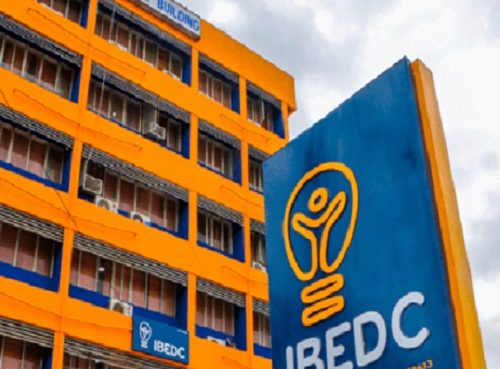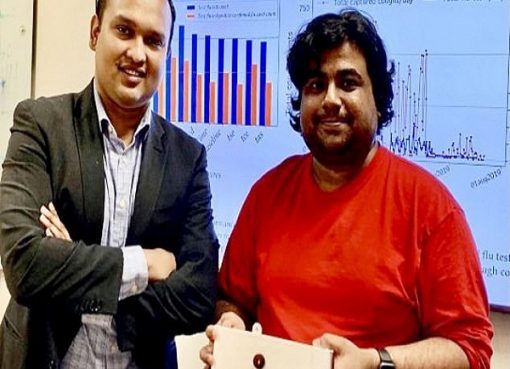University of Cambridge researchers have ‘hacked’ the earliest stages of photosynthesis and developed a potential new way of extracting energy from the process.
The team of physicists, chemists and biologists at the University of Cambridge was able to study photosynthesis in live cells at an ultrafast timescale: a millionth of a millionth of a second.
Using ultrafast spectroscopic techniques to study the movement of energy, the researchers found the chemicals that can extract electrons from the molecular structures responsible for photosynthesis do so at the initial stages, rather than much later, as was previously thought.
This “rewiring” of photosynthesis could improve ways in which it deals with excess energy, and create new and more efficient ways of using its power, according to the team.
“We didn’t know as much about photosynthesis as we thought we did, and the new electron transfer pathway we found here is completely surprising,” said Dr Jenny Zhang, a coordinator of the research.
While photosynthesis is a natural process, scientists have also been studying how it could be used as to help address the climate crisis, by mimicking photosynthetic processes to generate clean fuels from sunlight and water, for example.
Zhang and her colleagues were originally trying to understand why a ring-shaped molecule called a quinone is able to “steal” electrons from photosynthesis. The researchers used a technique called ultrafast transient absorption spectroscopy to study how the quinones behave in photosynthetic cyanobacteria.
“No one had properly studied how this molecule interplays with photosynthetic machineries at such an early point of photosynthesis: we thought we were just using a new technique to confirm what we already knew,” said Zhang. “Instead, we found a whole new pathway, and opened the black box of photosynthesis a bit further.”
Using ultrafast spectroscopy to watch the electrons, the researchers found that the protein scaffold where the initial chemical reactions of photosynthesis take place is “leaky’”, allowing electrons to escape. This leakiness could help plants protect themselves from damage from bright or rapidly changing light.
“The physics of photosynthesis is seriously impressive,” said co-first author Tomi Baikie. “Normally, we work on highly ordered materials, but observing charge transport through cells opens up remarkable opportunities for new discoveries on how nature operates.”
The researchers say that being able to extract charges at an earlier point in the process of photosynthesis, could make the process more efficient when manipulating photosynthetic pathways to generate clean fuels from the Sun.
In addition, the ability to regulate photosynthesis could mean that crops could be made more able to tolerate intense sunlight.
“Many scientists have tried to extract electrons from an earlier point in photosynthesis, but said it wasn’t possible because the energy is so buried in the protein scaffold,” said Zhang. “The fact that we can steal them at an earlier process is mind-blowing. At first, we thought we’d made a mistake: it took a while for us to convince ourselves that we’d done it.”
Source: E&T










